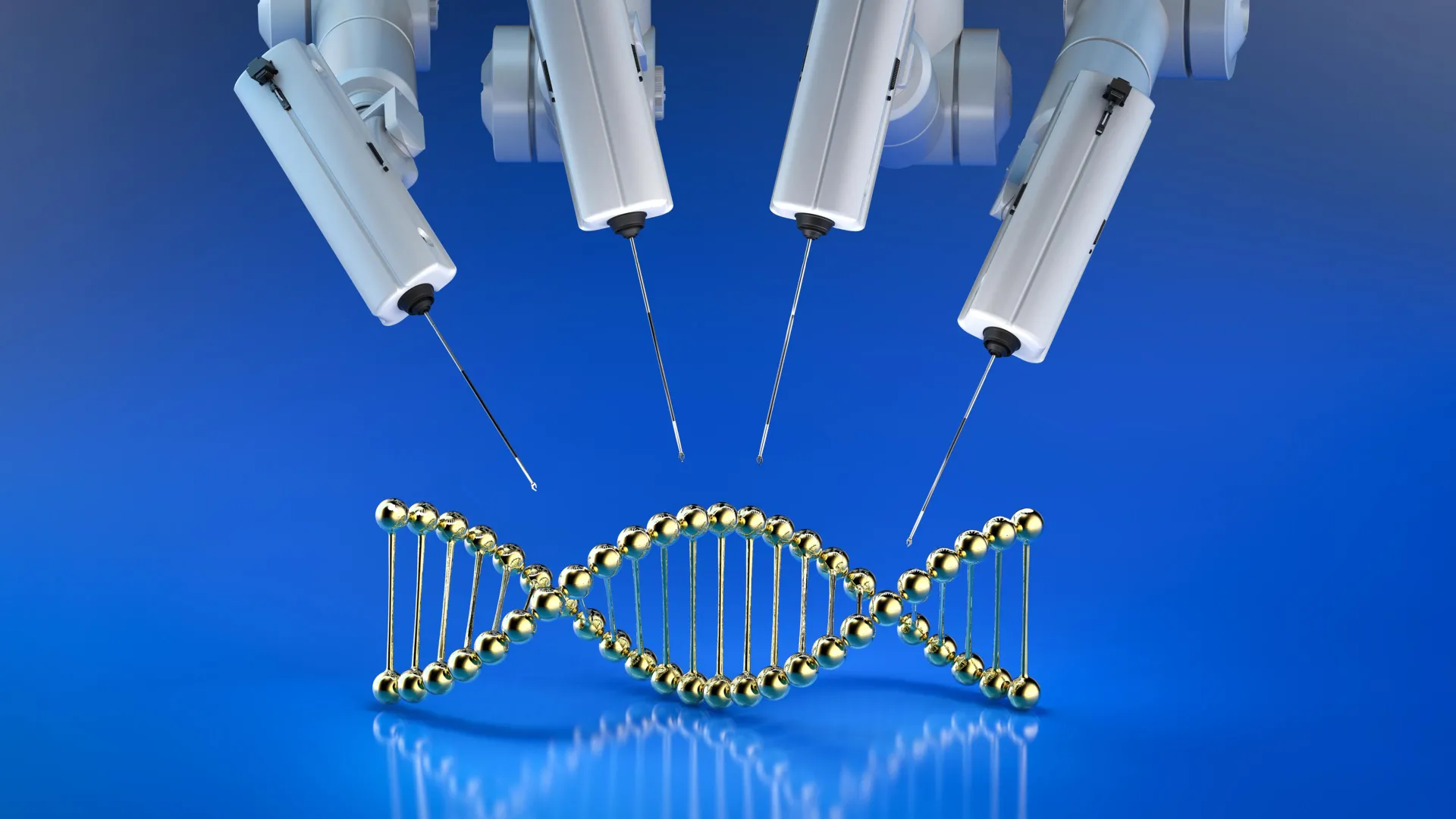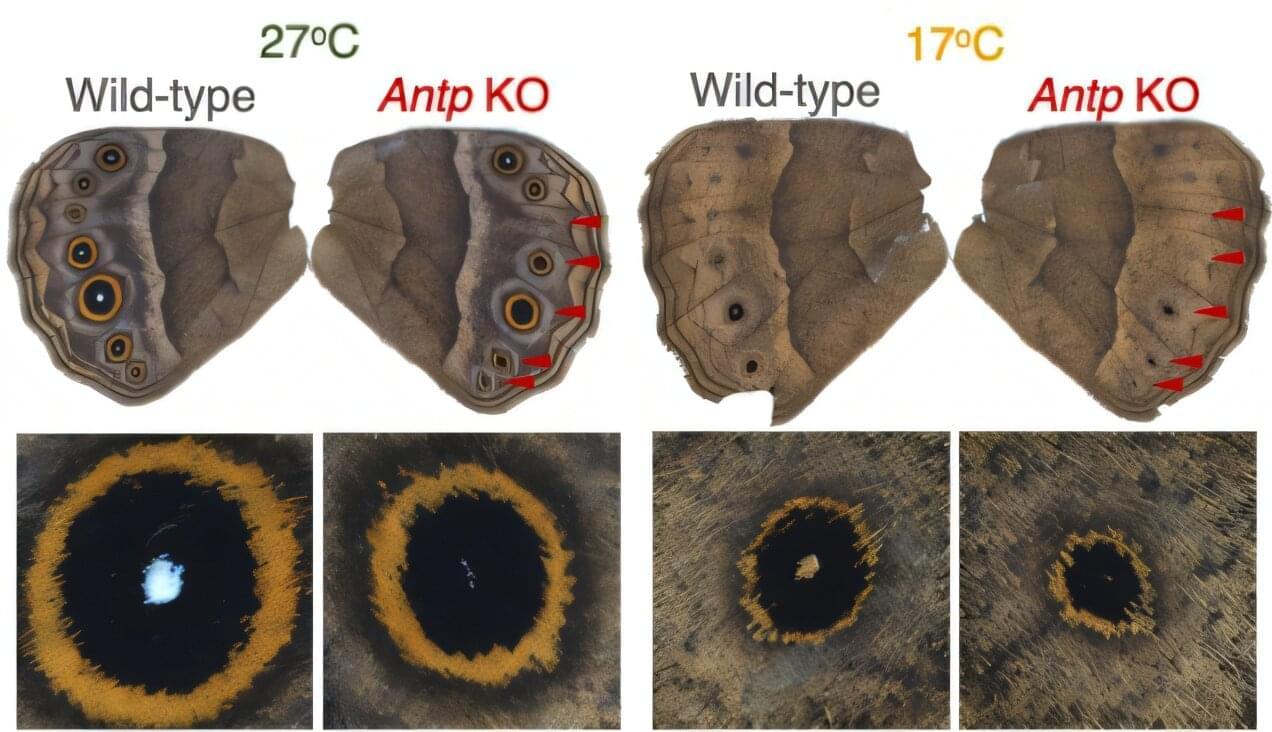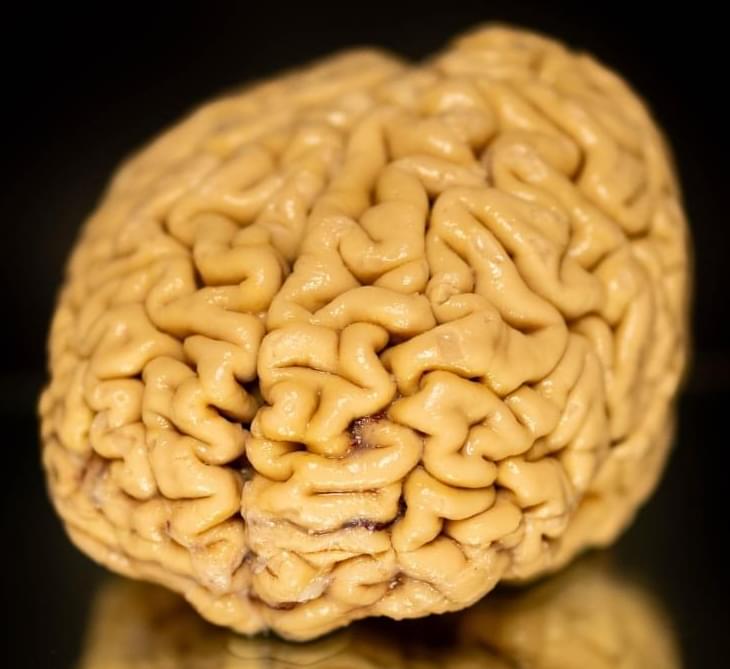Intel has decided to tap into the ASIC and design business as its next major venture, and the effort will play a crucial role.



Support CleanTechnica’s work through a Substack subscription or on Stripe.
Because why not?
NVIDIA has actually been involved in the robotaxi world for years, providing different hardware needs to various automakers who have been automating more and more driving. For example, I just noticed that four years ago I wrote about AutoX robotaxis using NVIDIA Drive. NVIDIA also put out a blog post highlighting that “Cruise, Zoox, DiDi, Oxbotica, Pony.ai and AutoX [were] developing level 4/5 systems on NVIDIA’s autonomous vehicle platform.” It also acquired DeepMap at that time. “DeepMap expected to extend NVIDIA mapping products, scale worldwide map operations and expand NVIDIA’s full-self driving expertise,” the company announced in 2021.


Scientists at The University of Texas at Austin have developed a revolutionary gene-editing method using bacterial retrons that can correct multiple disease-causing mutations at once. Unlike traditional tools limited to one or two mutations, this retron-based system replaces large defective DNA regions, dramatically improving efficiency and inclusivity for patients with complex disorders like cystic fibrosis.



Scientists from the National University of Singapore (NUS) have discovered a simple DNA “switch” that helps tropical butterflies adjust the size of their wing eyespots in response to seasonal temperatures, shedding light on the evolution of environmental sensitivity. The findings could inform future efforts to understand and potentially bolster adaptation in a changing climate.
Insects often adapt in surprising ways to their surroundings. Some even change their colors with the seasons. This seasonal flexibility, called plasticity, helps them survive but its evolutionary origins have remained a mystery.
A team led by Professor Antónia Monteiro from the NUS Department of Biological Sciences, identified a stretch of DNA that helps certain butterflies switch their wing patterns between wet and dry seasons.


The British government isn’t the only one looking to introduce digital ID cards. There is so much to worry about here, not least the threat of hacks, says Annalee Newitz